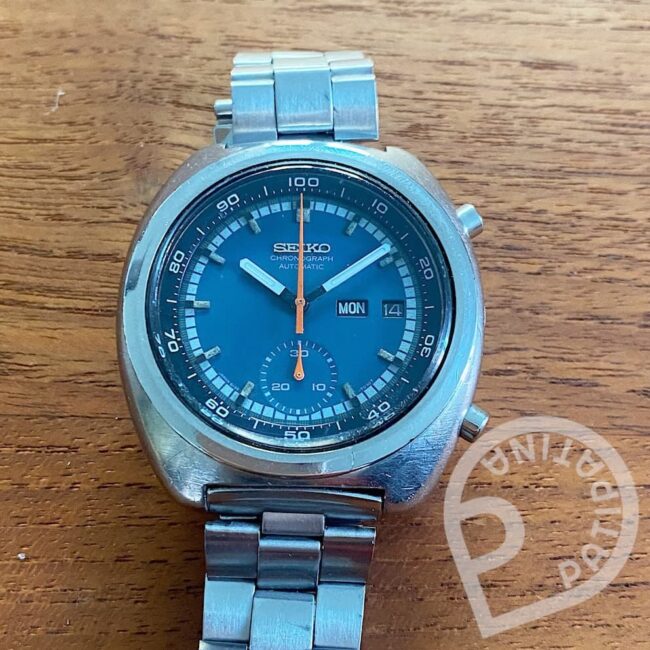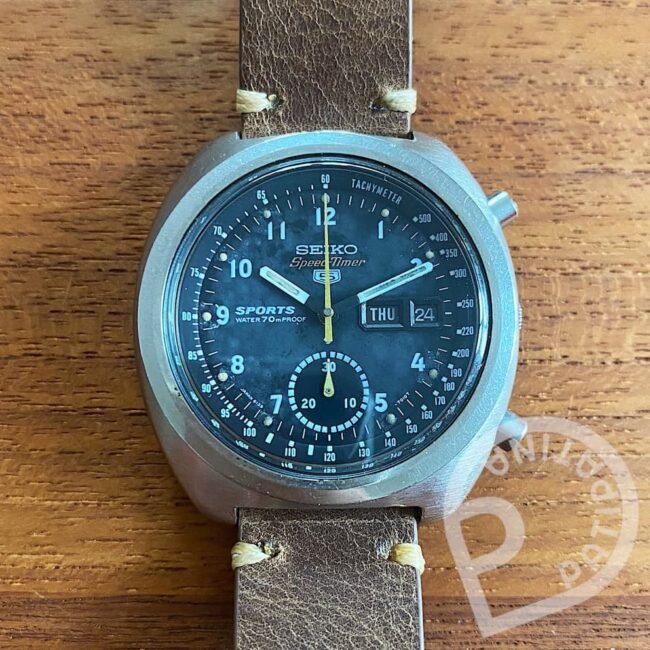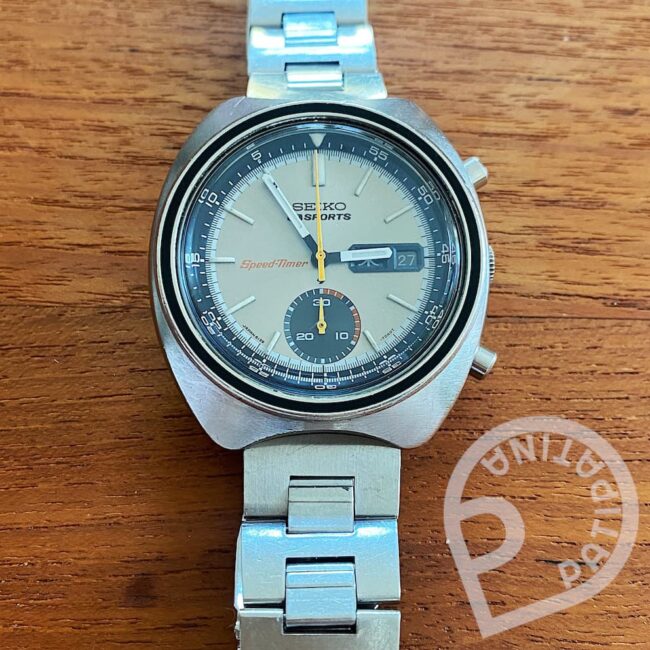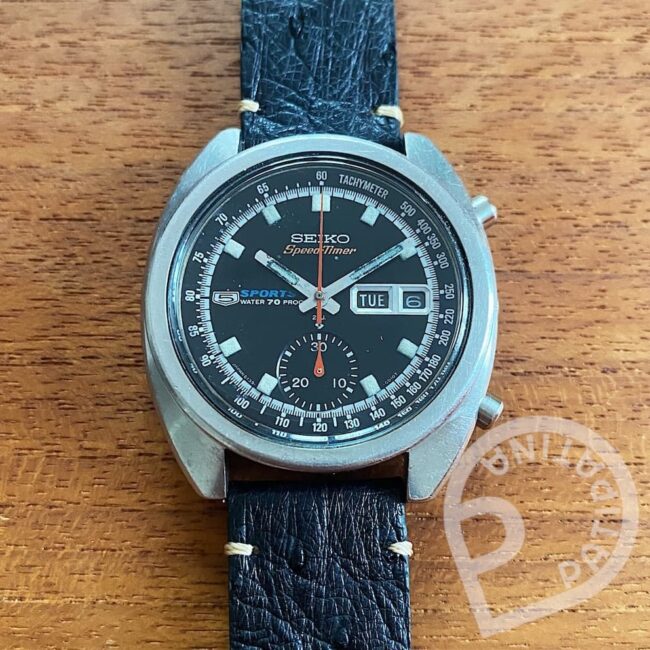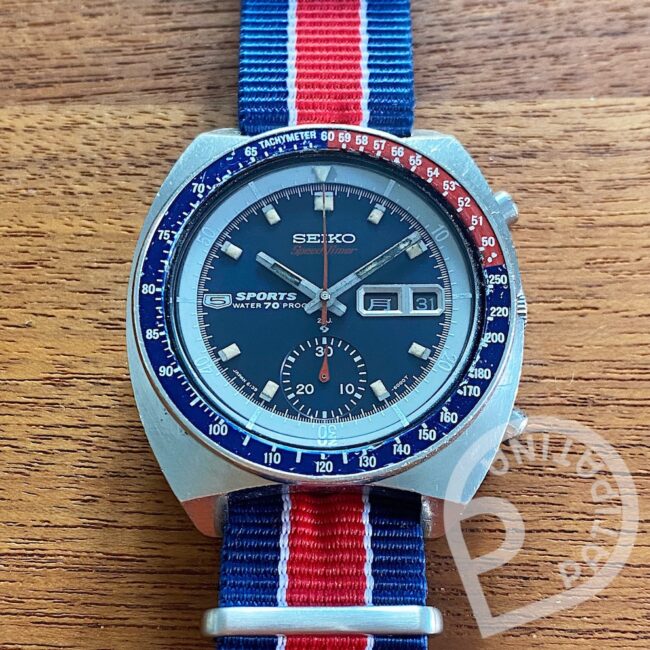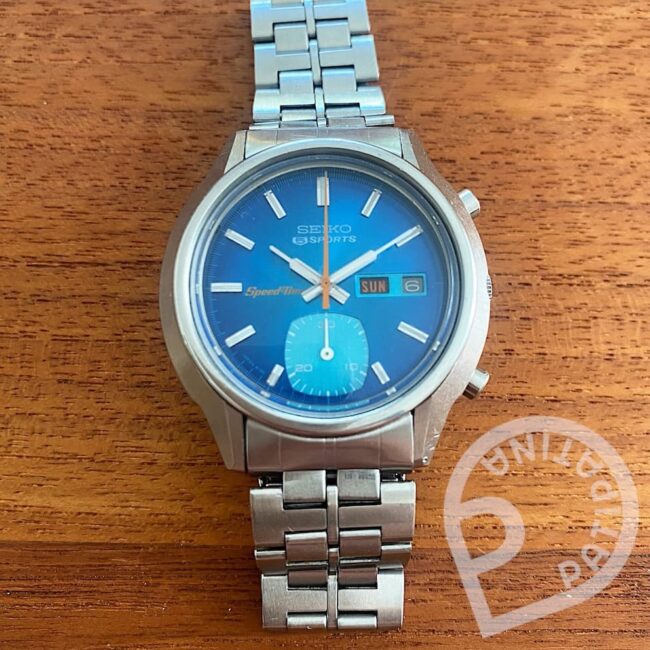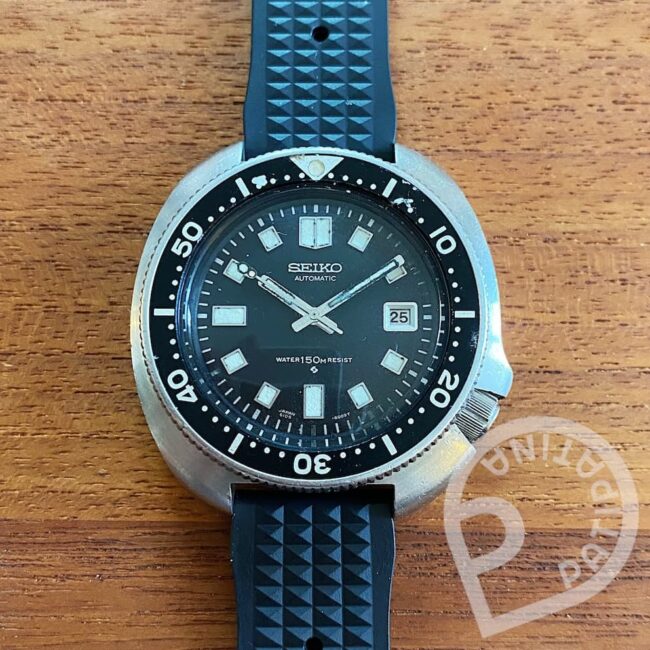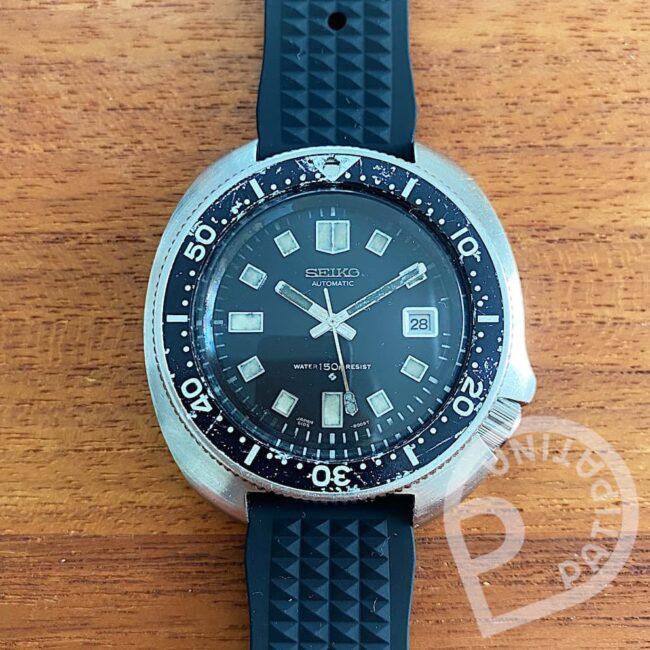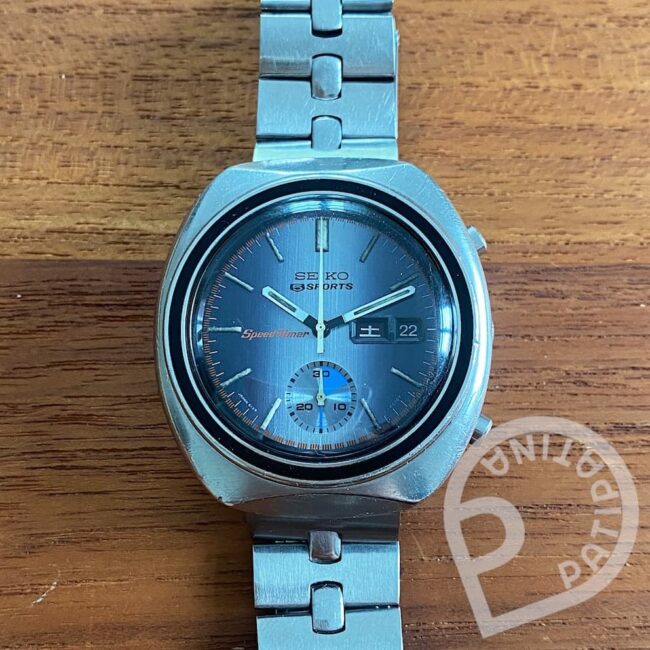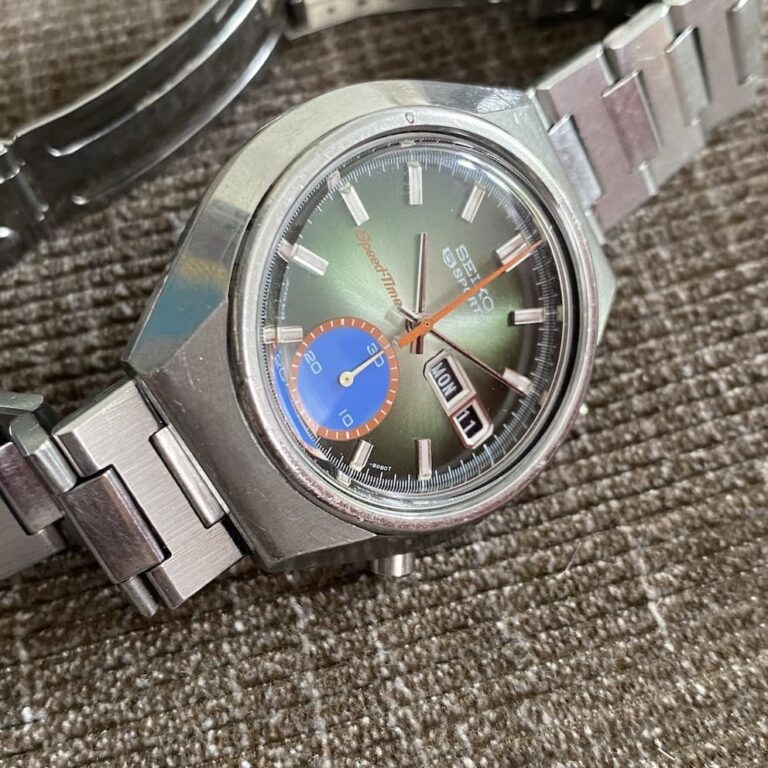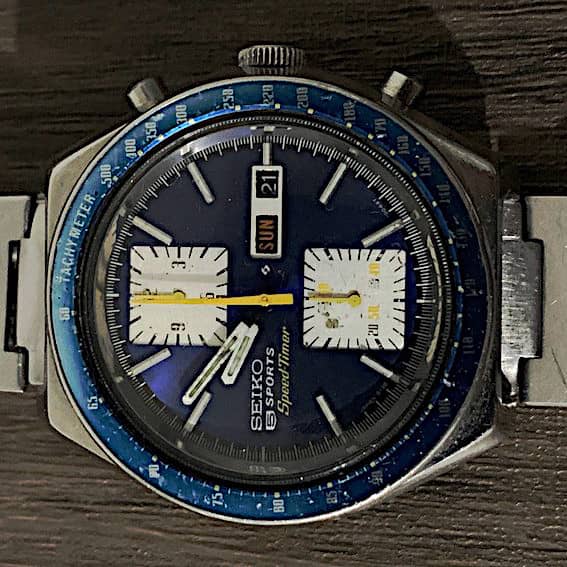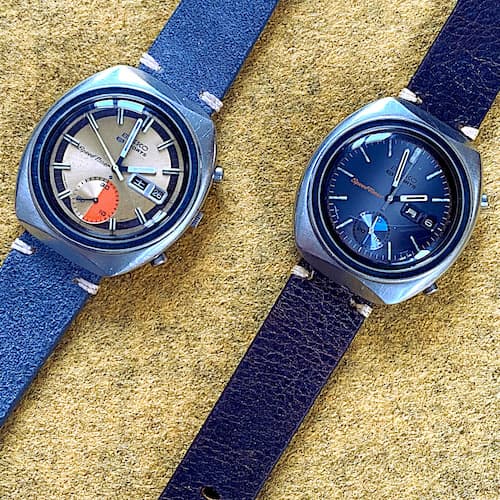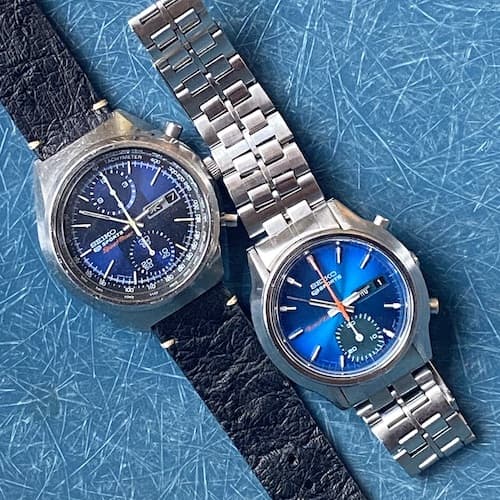10 Essential Tools Every Watch Enthusiast Needs for Watchmaking and Repair
Mads van Appeldoorn
November 25, 2024
As Amazon Associate I earn from qualifying purchases. I may receive a small commission at no additional cost to you for purchases made through links in this post.
Essential Watch Tools Every Enthusiast Needs
For every watch collector, there comes a moment when upgrading or expanding your toolset becomes inevitable. While a simple spring bar tool might suffice in the early days of your hobby, as your passion grows, so will your need for the right tools. Whether it’s removing a bracelet link, loosening a stubborn pin, changing a battery, or admiring the intricate details of a watch movement, having the proper tools makes all the difference.
I am here to guide you in choosing the best watch tools to suit your needs. Whether you’re just starting out or looking to upgrade your collection, this list has everything you need to elevate your watch repair and maintenance game.
1. Spring Bar Tool
Ask any watch enthusiast, and they’ll tell you a spring bar tool is a must-have. These versatile tools make it easy to remove or change watch straps. While it’s tempting to grab a budget option online for as little as $5, this often proves to be a false economy. Low-quality tools are prone to breaking quickly or slipping during use, which can risk damaging your watch. Investing in a high-quality spring bar tool is well worth it for reliability and precision.
To be honest, I started with the cheapest spring bar tool, then upgraded to a better one, and eventually landed on the ultimate choice: the Bergeon 6767-F. Widely regarded as one of the best spring bar tools available, it’s built to last a lifetime. This model features a solid pusher end, perfect for drilled lug holes often found on vintage Rolex watches. With over 200 years of experience crafting precision tools, Bergeon is the go-to brand for watchmakers and enthusiasts alike. The 6767-F exemplifies their commitment to quality, offering unmatched precision and reliability.
2. Screwdrivers
Investing in quality tools like Bergeon screwdrivers may seem like a bigger upfront cost, but it saves you money and frustration in the long run. Cheaper alternatives often fall short, forcing you to replace them multiple times—and nothing’s worse than damaging a prized watch due to a low-quality tool. Investing in a quality set of screwdrivers is a smart move for any watch enthusiast. A good set will last for years, while a cheap one is likely to break, potentially causing damage to your watch movement—a costly mistake to fix.
When choosing screwdrivers, size matters. A 1.6mm and 2.5mm tip should cover most needs. For top-tier quality, you can’t go wrong with Bergeon, whose tools are a staple for professionals. While their sets cost upwards of three figures, the precision and durability they offer are unmatched. I use the Bergeon 30081-S09 set, something I recommend all the time!
3. Tweezers
Just like screwdrivers, tweezers are an essential tool in any watchmaker’s kit—they’re your primary tool for precision handling. Whether you’re assembling, repairing, or cleaning, investing in high-quality tweezers is crucial to ensure accuracy and avoid damage. For all-around use, a good antimagnetic pair is a must, with Dumont being a trusted brand among professionals. Tweezers in sizes #2 or #3 are versatile and perfect for most tasks, offering excellent grip and control. If you’re working on delicate components like the hairspring or shock protection system, consider a #5 tweezer for its precision tip, designed for handling the smallest and most fragile parts.
Brass tweezers are another valuable addition to your toolkit. Their softer material minimizes the risk of scratching or damaging the movement, making them ideal for handling larger components like bridges. They’re also antimagnetic, which ensures the movement remains unaffected while you work. Brass tweezers are especially helpful when dealing with parts like the mainspring or keyless works, where a gentle yet firm grip is essential. Investing in the right set of tweezers not only makes the process easier but also protects your watch from unnecessary damage. Choose tools that combine durability, precision, and safety to elevate your watchmaking experience.
4. Caseback remover
For collectors of vintage watches or experienced enthusiasts, tools for removing casebacks are invaluable—particularly for older models like vintage Seiko watches. Water resistance is often already a thing of the past due to age, and chances are you’re not planning to take them near water. In these cases, the right tools make all the difference. One classic choice is a traditional caseback opener, ideal for watches with notches in their casebacks. This tool allows you to securely line up the notches and safely unscrew the back, making it perfect for vintage Seikos with threaded casebacks.
Another excellent option is a caseback friction ball. Despite its resemblance to a stress ball, this tool is a scratch-free alternative for removing screw-on casebacks. The friction ball works best on casebacks that have already been loosened, as factory-sealed backs or tightly screwed casebacks may require more torque. The advantage? No metal-to-metal contact, so there’s zero risk of scratching your watch. Whether you choose a traditional case opener or a friction ball, having the right tool ensures you can safely access the movement of your vintage Seiko and other threaded caseback watches without causing damage.
5. Movement holder
Working on a watch movement requires precision and care, which is why securing the movement in a movement holder is an essential step. A movement holder ensures that the delicate components of the movement, like the cannon pinion and the sweep second pinion, remain protected. These parts protrude from the movement and are vulnerable to damage if the movement is placed flat on a surface. Without the proper support, these delicate parts can easily be bent, scratched, or broken, compromising the entire movement.
The Bergeon 4040 and Bergeon 4039 are two of the most widely used universal movement holders in the watchmaking world. These tools are designed to securely hold the movement in place, allowing you to work on it with precision and confidence. Both models are highly regarded for their durability, stability, and ease of use. The Bergeon 4040 is designed for larger movements, while the Bergeon 4039 is more suited for smaller calibers. Both come in two material options: steel and carbon fiber. The steel version offers exceptional strength and longevity, making it a great choice for heavy-duty use. The carbon fiber version, on the other hand, is lightweight, highly resistant to scratches, and provides excellent vibration absorption, making it ideal for precision tasks where stability is crucial. Whether you’re working on a vintage piece or modern watch, investing in a high-quality movement holder like the Bergeon 4040 or 4039 will not only protect your movement but also ensure that you can perform repairs and adjustments with maximum efficiency and minimal risk of damage.
6. Rodico
Rodico is often referred to as the WD40 of the watchmaking world due to its incredible versatility and range of uses. Just like WD40 can be relied upon for a variety of tasks, Rodico is an indispensable tool for any watchmaker, providing a solution to numerous challenges during repair and restoration. What makes Rodico stand out is its highly absorbent nature, allowing it to clean effectively without leaving behind any residue. This makes it perfect for handling delicate parts where precision and cleanliness are essential. After you’ve pre-cleaned jewel holes with a pegwood stick, Rodico can be used to wipe away any remaining residue and ensure that the holes are spotless, ready for lubrication or reassembly.
Rodico’s capabilities extend far beyond cleaning jewel holes. It can also be used to remove excess lubrication that may have been applied during the servicing process, preventing any buildup that could interfere with the movement’s functionality. Additionally, it is excellent for removing fingerprints from watch components, ensuring that every part is pristine and free of oils that could attract dirt over time.
Another key use for Rodico is in handling small or delicate parts. Watchmakers often use it to lift components like the ratchet wheel, crown wheel, tiny screws, and cap jewels. By gently pressing the Rodico against a part, it allows for a secure grip without the risk of scratching or damaging the piece, making it ideal for working on tiny, intricate movements where precision is paramount. In short, Rodico is a must-have for any watchmaker, offering a reliable and effective way to clean, lift, and maintain your watch components, all while ensuring that no residue is left behind to affect the movement’s performance.
7. Oiling Tools
When you’re working on a movement, proper lubrication is key – it needs different oils and greases in the right places to keep everything running smoothly. From my experience, oil pots are a game changer for keeping your oils organized and easily accessible. Whether you go for individual cups or a set (which usually comes with four pots), it makes life a lot easier, especially when you’re juggling different oils for various parts of the movement.
You’ll also need oilers to carefully apply the right amount of oil to delicate components like jewel holes and arbors. Too little oil can lead to friction, which is a recipe for wear and tear, but too much oil isn’t great either—it can cause build-up that interferes with the movement. That’s why I recommend investing in decent-quality oilers right from the start. A good set, like Bergeon, will help you control the amount of oil you’re using and ensure you’re not over or under-lubricating. Trust me, starting with quality tools here makes a big difference in the long run.
8. Watch Cushion
A watch cushion might seem like a simple accessory, but it’s a must-have when you’re working on watches. It’s designed to hold the watch securely while you’re servicing it, preventing any scratches or damage to the case. It also keeps the watch in place, making it easier to work on the movement without worrying about it slipping around.
From personal experience, using a proper cushion really helps when you’re handling delicate watches, especially when you need to flip them over or make adjustments to the case. The Bergeon Watch Cushion is a top pick for watchmakers, offering the perfect balance of support and softness. It’s durable, and its high-quality material ensures that it won’t leave any marks on your watch. Whether you’re working on a vintage piece or a newer model, the Bergeon cushion will give you the peace of mind that your watch is safe and secure during repairs or adjustments. Trust me, it’s one of those tools you might not think about until you use it—and once you do, you’ll wonder how you managed without it!
9. Loupe
While a loupe may not be as essential as some of the other tools on your watchmaking journey, it’s one of those items that every serious watch collector should have in their toolkit. The real value of a loupe lies in its ability to reveal the finer details of your watch that would otherwise go unnoticed. Want to inspect how raised those hour markers are? Curious about the depth of a scratch on your case? Or maybe you need a closer look at a reference number or the intricate details of your movement? A quality eye loupe is the perfect tool for these tasks, providing you with magnification and clarity to truly appreciate the craftsmanship of your watch.
While it might not be something you use constantly, having a good loupe – especially one with high magnification and comfortable fit – will enhance your experience and give you a much deeper understanding of your timepieces. It’s one of those tools that once you start using it, you’ll wonder how you ever got by without it!
10. Timegrapher
Once you’ve serviced a watch, it’s crucial to ensure you’ve done a great job. The best way to do that is by testing the watch on a timing machine. This allows you to check the amplitude, rate, and beat error, ensuring everything is running smoothly. High-end Swiss timing machines, like those from Witschi, are incredibly accurate and provide a wealth of information—perfect for professional watchmakers.
However, if you’re a hobbyist, you don’t need to invest in something that expensive just yet. A timing machine like the Multifunction Timegrapher No. 1000 is more than enough to get the job done. With the Timegrapher, you can easily measure the amplitude, beat error, and rate, which helps you regulate the watch to the highest level of precision. Plus, it’s a great tool for diagnosing common issues in your watches, helping you fine-tune your skills as you go. So, if you want to make sure your service is spot on, investing in a timing machine like this will pay off by giving you the feedback you need to perfect your craft.
Is That All?
You’re well on your way! These are the essential tools you’ll need to start servicing a watch movement, and while it might not seem like a huge list, it’s a solid foundation. Expect to spend around $700 to $1000 to get these basic tools. And that’s before you factor in the cleaning fluids, oils, and greases you’ll need to keep everything running smoothly. As you get more experienced, you’ll likely want to invest in higher-quality tools or add some specialized ones to your collection. Things like a crystal lift and press, files, pliers, cutters, and mainspring winders can really make your work easier and more efficient.
Don’t worry if it seems like a lot at first – take it step by step. The satisfaction of learning, upgrading, and perfecting your craft will make it all worth it. Keep going! You’re building a toolkit that will serve you for years to come. You’re absolutely right – while I didn’t explicitly mention them, finger cots, a bench mat, and pegwood are essential to include as well. Finger cots protect delicate parts from oils and dirt from your hands, ensuring the movement stays clean. A bench mat provides a non-slip surface to keep everything organized and prevents any parts from rolling off the workbench. And pegwood is indispensable for cleaning and polishing jewel holes, making sure everything stays in top condition. These tools might not be as glamorous as the main watchmaking equipment, but they’re just as vital to your success. So don’t forget to add them to your setup – you’ll thank yourself later!


